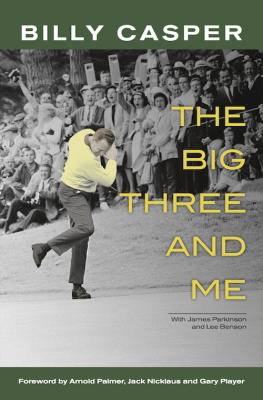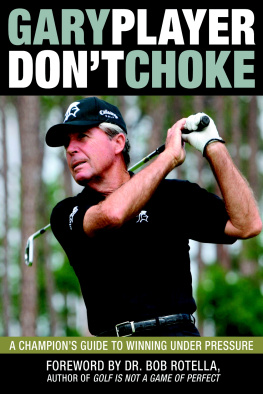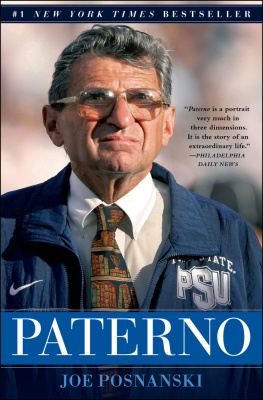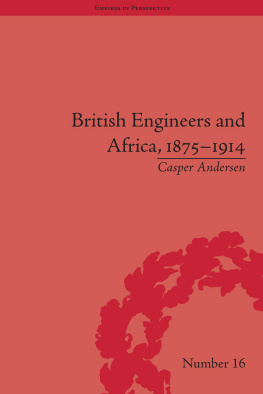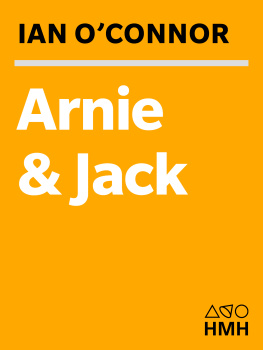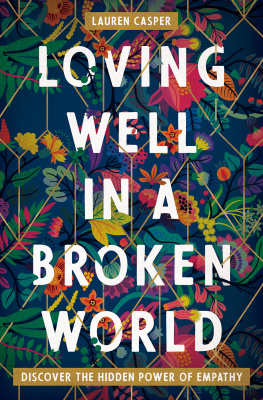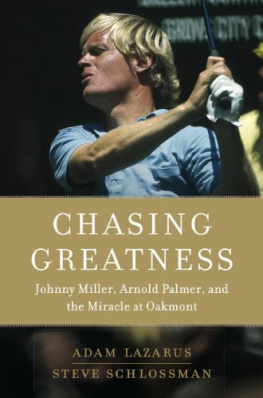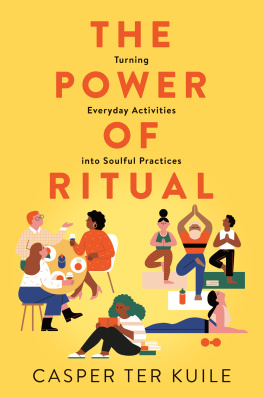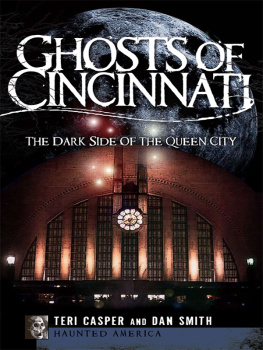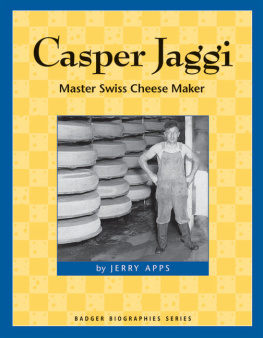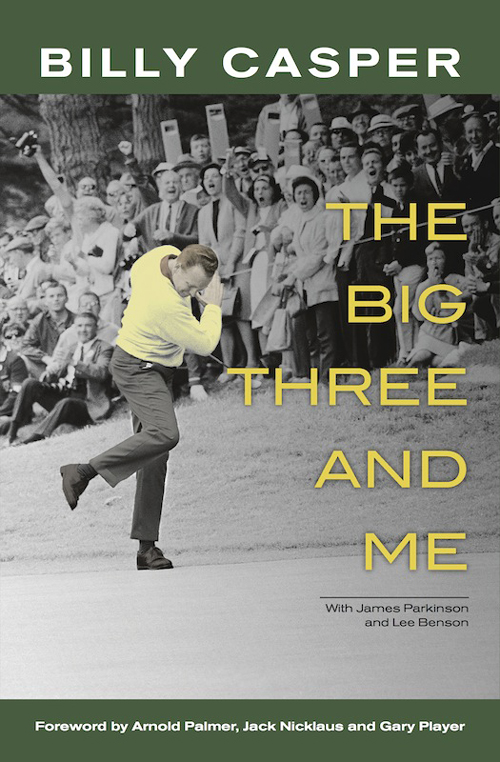
The
Big Three
and Me
Billy Casper
With James Parkinson and Lee Benson
Genesis Press, Inc.
Genesis Press, Inc.
P.O. Box 101
Columbus, MS 39703
Copyright 2012 Billy Casper, James Parkinson and Lee Benson
All rights reserved. Except for use in any review, the reproduction or utilization of this work in whole or in part in any form by any electronic, mechanical, or other means, not known or hereafter invented, including xerography, photocopying, and recording, or in any information storage or retrieval system, is forbidden without written permission of the publisher.
eISBN: 978-1-58571-630-2
Manufactured in the United States of America
First Edition 2012
Contents
Prologue
Making the Case
1
Olympic
2
The Comeback
3
Pasture Golf
4
Homecoming
5
Shirley
6
Navy Golf
7
The Tour
8
Breakthrough
9
Winged Foot
10
Prosperity
11
Buffalo Billy
12
Latter-day Saint
13
The Playoff
14
Good as it Gets
15
Augusta
16
Fifty-one
17
Mulligans
18
A Golfer Looks at 80
Epilogue
Closing Statement
Appendix
Billy Caspers Career Record
Foreword
A sk any one of us, and we will tell you: the 1960s was a golden age of golf. The publics interest in our sport grew by leaps and bounds. Television played a big part. The four majorsthe Masters, the United States Open, the Open Championship and the PGA Championshipas well as a growing number of regular PGA Tour events, were all televised. Galleries were large and growing, new golf courses were being built all over the world, and an unprecedented number of people took to the links.
And we became known as The Big Three.
The name was a product of the marketing genius of Mark McCormack, who for a time represented each of us. The Big Three name did a lot for our careers and a lot for the game of golf. For a number of years in the sixties, and beyond, before every event, and especially the majors, much of the pre-tournament talk was about which one of us would win. There was even a Big Three made-for-TV golf event that one of us was guaranteed to win.
Inside the ropes, however, we were well aware of something the public at large didnt seem to know or appreciate. There was another player who was winning as often as we were, a player we kept an eye on and worried about just as much, if not more, than each other. His name was Billy Casper.
It could have been The Big Four.
It wasnt like Billy was unknown, certainly not in the golf world. Even a casual fan recognized his name. But for all that, he was often overlooked, even when he won.
Simply put, Billy Casper was a threat to win every golf tournament he entered. He beat us as many times as we beat him. You dont have to take our word for it. Look it up. Billys fifty-one PGA career wins rank seventh all-time. He won two U.S. Opens and one Masters. He won at least one tournament a year for sixteen straight seasons, from 1956 through 1971, a record exceeded only by two of the undersigned (seventeen years each for Arnold and Jack). Perhaps Billys most memorable victory came at the 1966 U.S. Open where he entered the final round three shots back of Arnold and one ahead of Jackchased by one of us and chasing the other. He beat us both. Close to that one for dramatic finishes was the 1970 Masters where, after a tremendous duel on Augustas back nine on Sunday, Gary came to the final green with a chance to join Billy and Gene Littler in the next days playoff. Gary missed the putt, and Billy went on to win the playoff and the green jacket.
Billy Casper played on eight Ryder Cup teams. His 23 points are the most by any American player in history.
Why our friend Billy Casper was so successful yet received so relatively little attention has many possible answers. Perhaps it was his conservative play. Perhaps it was a consistency that could almost lull you to sleep. It could be he made the game look too easy, especially on the greens, where anything inside ten feet was a gimmee. But, whatever it was, his stature as one of golfs all-time greats, whether widely heralded or not, is beyond doubt.
As Jack put it in his autobiography, The trio should really have been a quartet.
Arnold Palmer, Jack Nicklaus, Gary Player
I was sixteen years old the first time I met Billy Casper, and it didnt go like I planned.
It was January of 1966 and Billy had just given a talk at the Mormon meetinghouse in Palm Springs, California. Afterward, he was greeting the audience in the part of the building most people would call the basketball court and Mormons call the cultural hall. As I waited my turn in line, I went over in my mind what I wanted to say, a short and sweet: Mr. Casper, good luck in the Masters. But when we shook hands, I was so nervous I forgot the Mr. Casper part entirely and instead blurted out, Good luck in the U.S. Open. A verbal shank.
As we walked to the car, I turned to my older brother Rick and said, Hes going to think Im an idiot. To which Rick asked, Why? I answered, Because I wished him good luck at the Open. Every golfer knows the Masters is in April and the U.S. Open is in June. Hes going to think Im not a golfer. Rick opened the door to my parents Pontiac, reached over and unlocked my side, and said, You are an idiot, Jimmy. Billy Casper doesnt care if you know when the majors are. He wont remember a thing you said.
If only Id known then what was going to happen at the U.S. Open later that summer in San Francisco, I could have told Rick that what I said wasnt idiotic, it was a premonition.
Billy Casper had come to the desert for the 1966 Bob Hope Classic, and I was suddenly very interested in watching him play. Not only did I get to shake his hand, but we now belonged to the same churchhim by choice, me by genetics. My familys ancestors had been with the first group of Mormon pioneers, members of the Church of Jesus Christ of Latter-day Saints, when they settled Salt Lake City in 1847. The Parkinsons were fifth generation Latter-day Saints, as pedigreed as they come. On the other hand, Billy and his family had joined the church just that month, as new as they come. We rank-and-file Mormons welcomed him with open armsand a chapel filled for his talk. As anyone inside the church knows, the religion isnt nearly as weird as it is often perceived by the outside world. The rules may be a tad strictabstaining from drinking and smoking and paying a ten percent tithe arent negotiablebut day-to-day life isnt that different from anyone else. Nothing like a famous celebrity joining up to make us look more normal.
But my main interest in Billy Casper wasnt his conversion. It was his golf. As the Brits would say, I was keen on the game.
Our family had come to the Palm Springs area when my father moved us to the little town of Indio to start his medical practice. That was in 1957. I was seven years old. As good fortune would have it, a golf pro lived directly across the street. Roger Pettit ran the pro shop and gave free lessons to kids at Cochran Ranch, a golf course on Monroe Street just outside the Indio city limits owned by historys most famous aviatrix not named Amelia EarhartJackie Cochran. Cochrans course was open to the public, and, better yet, she let kids play for free. If they treated kids everywhere the way we were treated at Cochran Ranch Im convinced everybody would play golf all their life.
By the age of sixteen I was a walking golf encyclopedia. I knew all the top players and all their stats, which meant I knew about Billy Casper. But still, until he became a Mormon I never paid that much attention to him. He had won the Hope the year before by a stroke over Arnold Palmerand I had rooted for Arnie.
Next page
